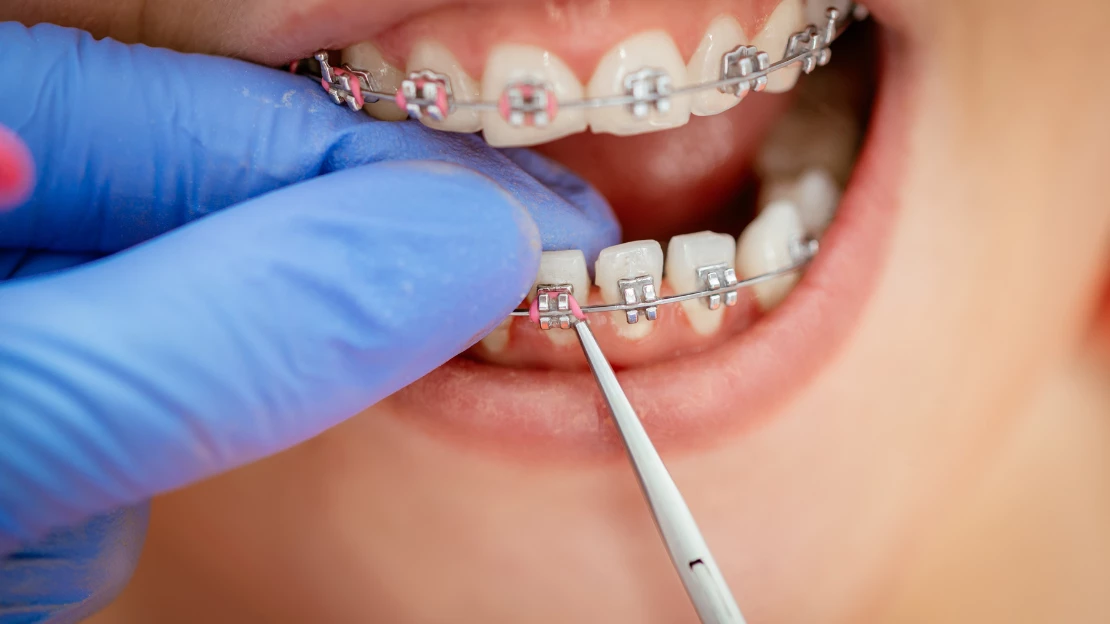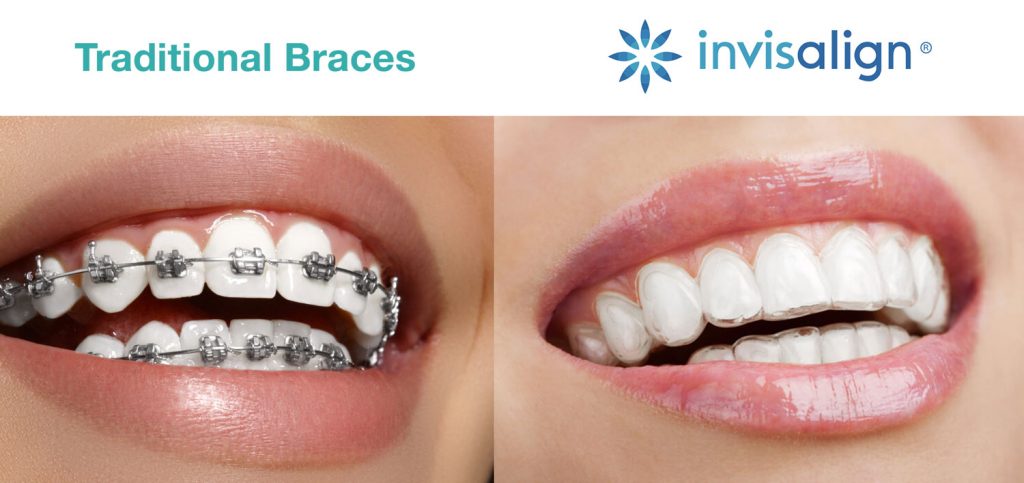How Johnson Orthodontics can Save You Time, Stress, and Money.
How Johnson Orthodontics can Save You Time, Stress, and Money.
Blog Article
3 Easy Facts About Johnson Orthodontics Shown
Table of ContentsGetting The Johnson Orthodontics To WorkLittle Known Questions About Johnson Orthodontics.The 15-Second Trick For Johnson OrthodonticsThe smart Trick of Johnson Orthodontics That Nobody is Talking AboutLittle Known Facts About Johnson Orthodontics.What Does Johnson Orthodontics Mean?All about Johnson Orthodontics
An orthodontist is a dentist educated to diagnose, stop, and deal with teeth and jaw irregularities. Orthodontists function with individuals of all ages, from kids to grownups., yet not all dentists are orthodontists. They focus on 2 locations: How to effectively and securely relocate teeth How to properly guide growth in the teeth, jaw, and faceOnce an orthodontist has completed training, they have the alternative to end up being board certified.
Johnson Orthodontics Things To Know Before You Get This
Malocclusion leads to tooth overcrowding, an askew jaw, or uneven bite patterns. Malocclusion is usually treated with: Your orthodontist attaches steel, ceramic, or plastic square bonds to your teeth.
If you have just small malocclusion, you might be able to make use of clear dental braces, called aligners, as opposed to traditional dental braces. Some individuals require a headwear to help move teeth right into line with pressure from outside the mouth. After braces or aligners, you'll need to use a retainer. A retainer is a personalized gadget that keeps your teeth in location.

They're frequently used on children. They can create added room in the mouth without needing to pull teeth. If you have a significant underbite or overbite, you could need orthognathic surgery (likewise called orthodontic surgical treatment) to lengthen or reduce your jaw. Orthodontists make use of cords, medical screws, or plates to support your jaw bone.
An Unbiased View of Johnson Orthodontics
During your initial orthodontic examination, you'll likely have: A dental examPhotos taken of your face and smileDental X-raysPanoramic (360 degree) X-rays of your face and headImpressions to produce molds of your teethThese tests will aid your orthodontist understand exactly how to wage your treatment. An orthodontist is a dentist who's had training to treat your teeth and jaw.
An orthodontist is concentrated on your bite, so something like a broken tooth would be dealt with by a dental practitioner. Orthodontists are focused on your bite, or the method your teeth fit together, and the straightness of your teeth.
Ever before questioned how celebrities always seem to have flawlessly aligned teeth? The solution often exists in the skilled hands of an orthodontist. What specifically does an orthodontist do? Orthodontists are oral experts that concentrate on remedying irregularities in the teeth and jaws. Their knowledge surpasses simply producing a beautiful smile; it reaches boosting your overall dental wellness and function.
An Unbiased View of Johnson Orthodontics

Clear aligners, like Invisalign, are a popular option for patients seeking a much more discreet treatment alternative. These detachable trays are customized to progressively change the teeth's setting (https://allmyfaves.com/johnsonortho?tab=johnsonortho). Headwear may be used combined with dental braces or aligners to apply extra targeted pressures, especially for fixing jaw discrepancies. In instances of slim jaws, palatal expanders can be made use of to produce area for correct tooth alignment.
What Does Johnson Orthodontics Mean?
While achieving a gorgeous smile is a natural perk of orthodontic treatment, the advantages extend much beyond looks. Effectively straightened teeth and a balanced bite add to enhanced oral health in a number of methods: Straight teeth are easier to clean, which aids stop tooth cavities and periodontal disease. A proper bite permits reliable chewing, which assists in digestion and total intestine health and wellness.
What is the difference in between a dental practitioner and an orthodontist? All dental experts, consisting of orthodontists, deal with the teeth, gum tissues, jaw and nerves.
Orthodontists and dental practitioners both offer dental take care of people. Orthodontists can function in an oral office and provide the very same therapies as other dentists. You can believe of both doctors who deal with periodontal and teeth issues. The major difference is that coming to be an orthodontist requires a particular specialty in dealing with the imbalance of the teeth and jaw.
The Of Johnson Orthodontics
An orthodontist is a dentist that has actually undertaken training to specialize in the medical diagnosis, prevention and therapy of abnormalities in the jaw and teeth. They can likewise identify potential problems in teeth positioning that may develop when conditions are left untreated.
This consists of all the essential education and learning to come to be a general dental practitioner. According to the American Student Dental Association (ASDA), it indicates you will need to have either a Medical professional of Medicine in Dental Care (DMD) or a Physician of Dental Surgery (DDS). Simply put, orthodontists need to finish oral college and after that acquire an orthodontics specialty education.
See This Report on Johnson Orthodontics

Various other than the orthodontist, we often see assistants working with these dental professionals in their centers. What is an orthodontist assistant called?
Report this page